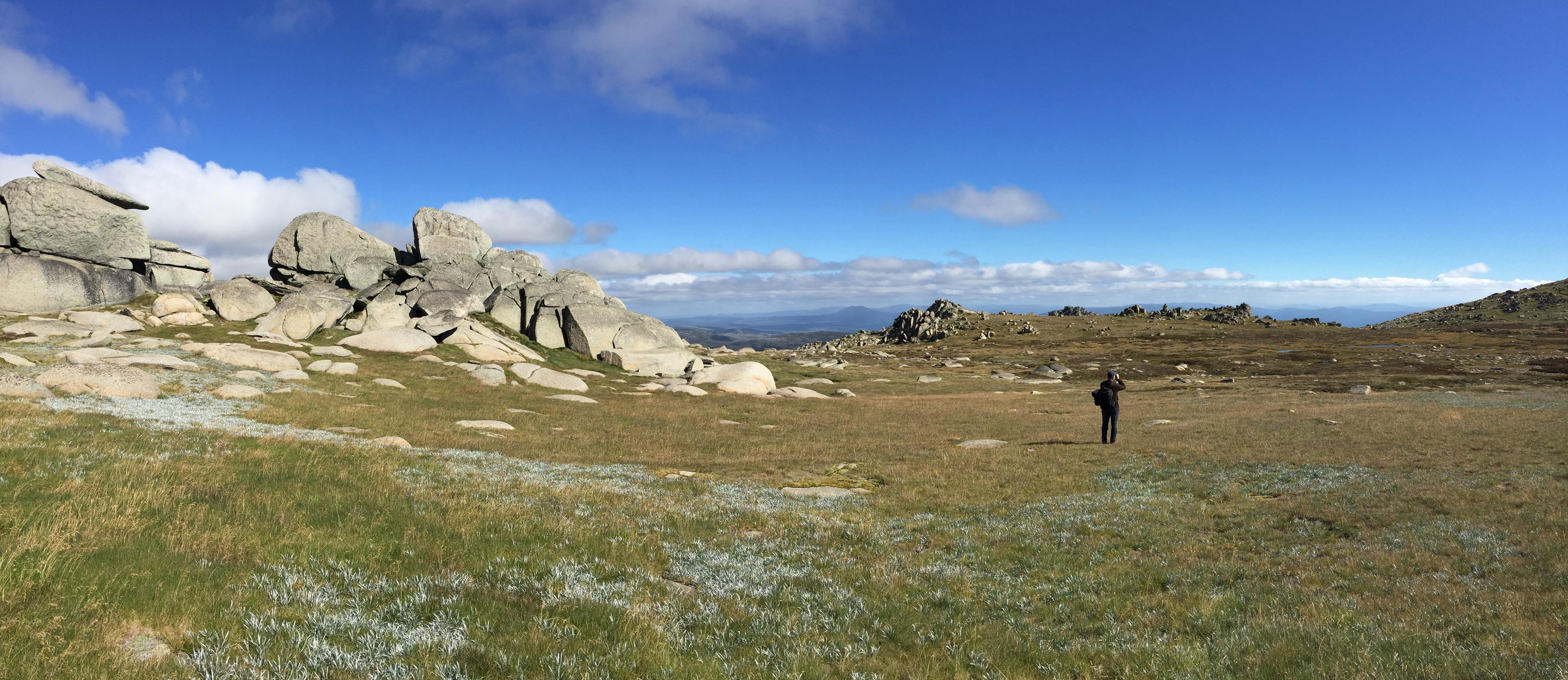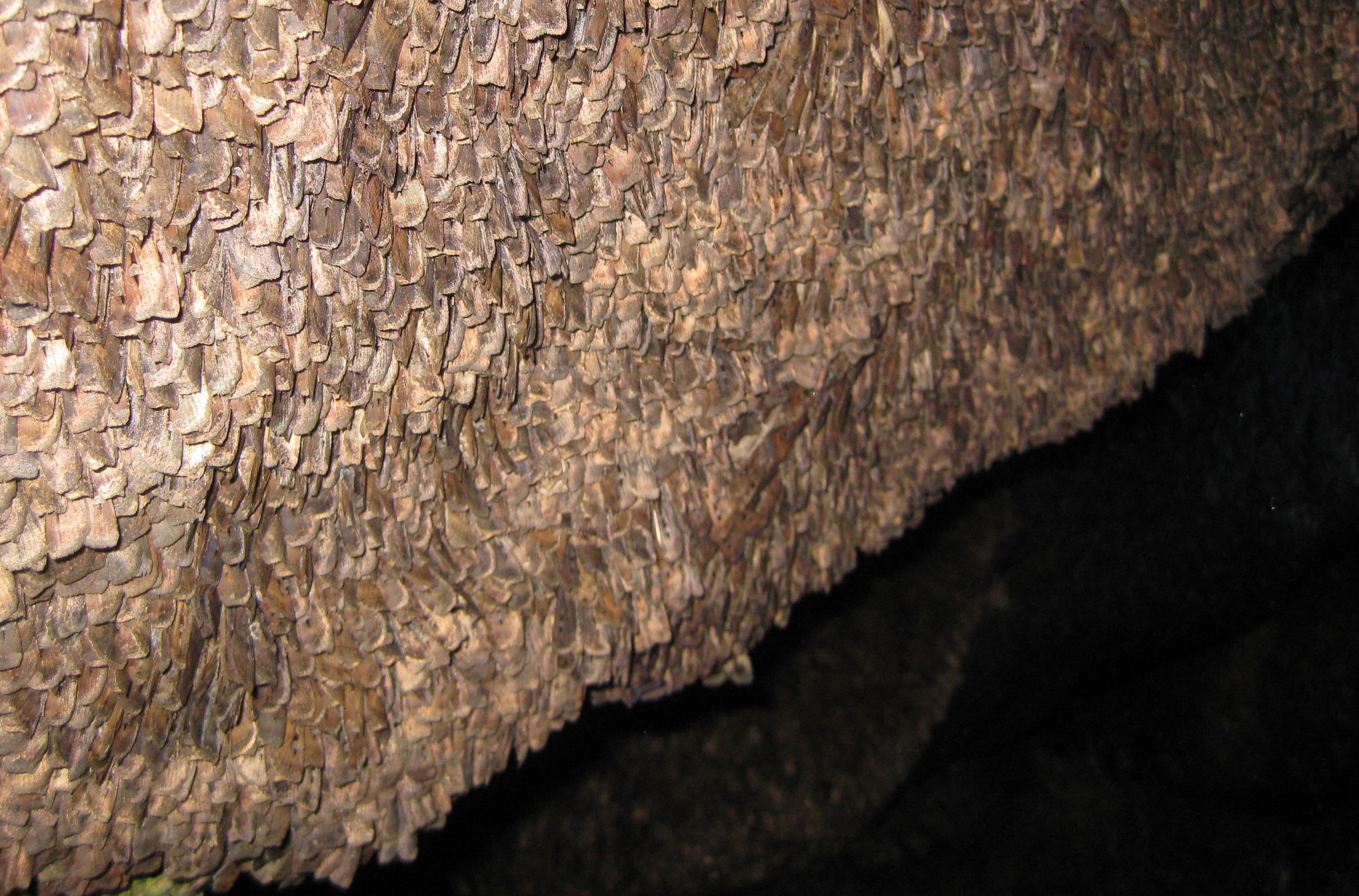Every spring, Bogong moths (Agrotis infusa) fly up 1,000 kilometers (600 miles) to take shelter in the handful of high-altitude caves that stay cold enough for them through the heat of the Australian summer. Flying that far is a mighty feat for an insect, but the more impressive achievement is for the moths to find their way. A study has now shown that they depend in part on a knowledge of astronomy.
A particularly remarkable part of the Bogong journey is that they do it just once in each direction. After their autumn return to breeding grounds spread across much of south-eastern Australia, the moths mate, lay eggs, and die. Their hatchlings have to make the journey without any elder moths to guide them, raising a big question as to how they do it.
“Migration has three phases,” Professor Eric Warrant of the University of Lund told IFLScience. “There’s a long distance to get to the locality. The second phase is when they’re maybe within 100km [60 miles]. The third is the pinpoint phase where much more local cues might be used.”

The moths certainly head for a picturesque part of the country, but need to find small caves once there.
Image credit: Eric Warrant
Warrant and colleagues are investigating the third phase, and think the sight of snow on the mountains or changes in barometric pressure could be key to the second. However, it is the first part of the journey, long before their mountain targets loom in sight, that presents the greatest puzzle.
Previous work by the same authors has shown the moths use the Earth’s magnetic field as a compass, but Warrant told IFLScience this is not reliable on its own. “Local anomalies or stellar activity can be disruptive,” Warrant said, noting that such events have been implicated in whale strandings.
Warrant and colleagues tried flying tethered Bogong moths in a space lit up with images of the sky like a planetarium. To make sure their subjects didn’t cheat, the team cancelled out magnetic fields. They found that when the stars were projected on the roof to match their true positions, the moths flew in the correct direction for their seasonal migration, and didn’t waver when the positions were rotated between the start and end of the night.
Yet when the locations of the stars were flipped north to south, the moths turned and flew in the opposite direction from the one that would take them to shelter. Somehow, these creatures can navigate by the stars, like an ancient mariner.
Although the team doesn’t rule out the moths recognizing individual star patterns, Warrant and co-authors think it more likely they are guided by the Milky Way. They have found evidence that specific neurons in the moths’ brains can recognize both the stripe the Milky Way forms across the sky at southern latitudes, and the brightest part of that band, around the Carina Nebula.
Fortunately for the moths, their eyes are very different from ours, and Warrant told IFLScience that they can see in every direction at once, other than directly behind them. That includes a view of the sky without having to look over whatever passes for a moth’s shoulder when flying north.
Warrant admitted to IFLScience that no one knows how the information about the correct orientation is encoded in the moth’s tiny brain, particularly since the breeding grounds are so dispersed that they can’t all fly the same orientations to south.
“It seems almost overwhelmingly difficult for us,” Warrant said. “But evolution is way smarter than we people. The brain of the moth is less than a tenth the size of a grain of rice, but within that are specialized regions that process information from eyes, antennae, and magnetic sensors.”
The combination of magnetic fields when it is cloudy, and stars when the field is disrupted, brings 2 billion moths to the mountain caves in a good year.

When Bogong numbers are healthy, room is at a premium in the caves high enough to allow the moths to survive the summer.
Image credit: Eric Warrant
The moths are sometimes confused by the lights of Canberra, deluging Australia’s capital city in almost unbelievable numbers. This is widely taken as evidence they used moonlight to fly, but Warrant told IFLScience other researchers have shown nocturnal insects are confused by lights for a different reason. “The sky is normally brighter than the land below, so they try to always have their upper side towards light, and therefore end up circling [artificial] lights,” he said.
Eight years ago, a drought caused a 99 percent crash in Bogong moth numbers, creating a crisis for species that feed on the moth, including the impossibly cute mountain pygmy possum. Rebound was slow, but Warrant told IFLScience this year the moths are finally back at their pre-drought numbers, although he fears climate change will make droughts more frequent, with severe consequences for the astronomical moth and the wider ecosystem.
The study is published in Nature.
Source Link: Australian Moth Is First-Known Invertebrate To Navigate By Stars On Epic 1,000-Kilometer Migration